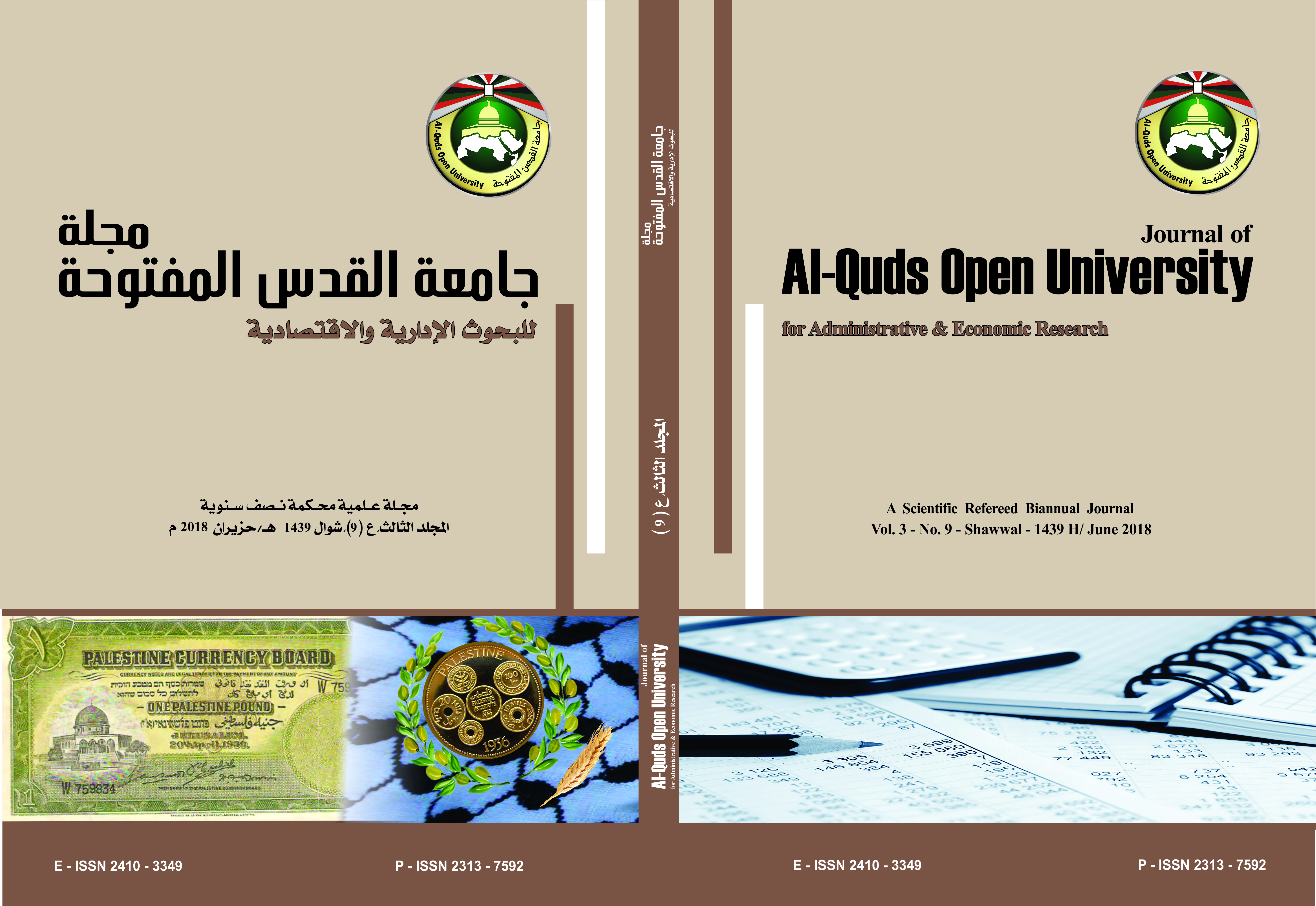تكلفة تلقي الأموال في المصارف الإسلامية
الكلمات المفتاحية:
تكلفة الأموال، تكلفة رأس المال، الإدارة المالية، المصارف الإسلامية.الملخص
تهدف هذه الدراسة إلى التعرف على طبيعة تكلفة تلقي الأموال في المصارف الإسلامية، وقد تناول البحث مفهوم التكلفة في المذهب الاقتصادي الإسلامي وضوابطها وتأصيلها من الكتاب والسنة، كما تضمن طرق قياس تكلفة تلقي الأموال في المصارف الإسلامية التي تتمثل في كل من رأس المال، الأرباح المحتجزة والاحتياطات، الودائع والتمويل من بنوك أخرى، ثم تطبيق تكلفة كل من الأرباح المحتجزة والودائع على البنك الإسلامي الأردني والبنك العربي الدولي الإسلامي. وقد خلص البحث إلى أن التكلفة في المذهب الاقتصادي الإسلامي تتمتع بطبيعة خاصة، الأمر الذي ينعكس على تعديل مكونات طرق قياس تكلفة مصادر الأموال للمصارف الإسلامية بما يتناسب مع أحكام الشريعة الإسلامية، وأخيراً إمكانية تطبيق تكلفة الأرباح المحتجزة من خلال نموذج تسعير الأصول الرأسمالية، وتكلفة الودائع من خلال معدل العائد المدفوع وعلاوة المخاطرة على عينة البحث.
التنزيلات
منشور
كيفية الاقتباس
إصدار
القسم
الرخصة
- الالتزام التام بأخلاقيات البحث العلمي.
- الالتزام التام بحقوق الملكية الفكرية.
- حقوق الطبع والنشر تؤول للمجلة.
- الحصول على موافقة المجلة لإعادة نشر البحوث أو ترجمتها.
- الالتزام التام بتعليمات هيئة تحرير المجلة.













